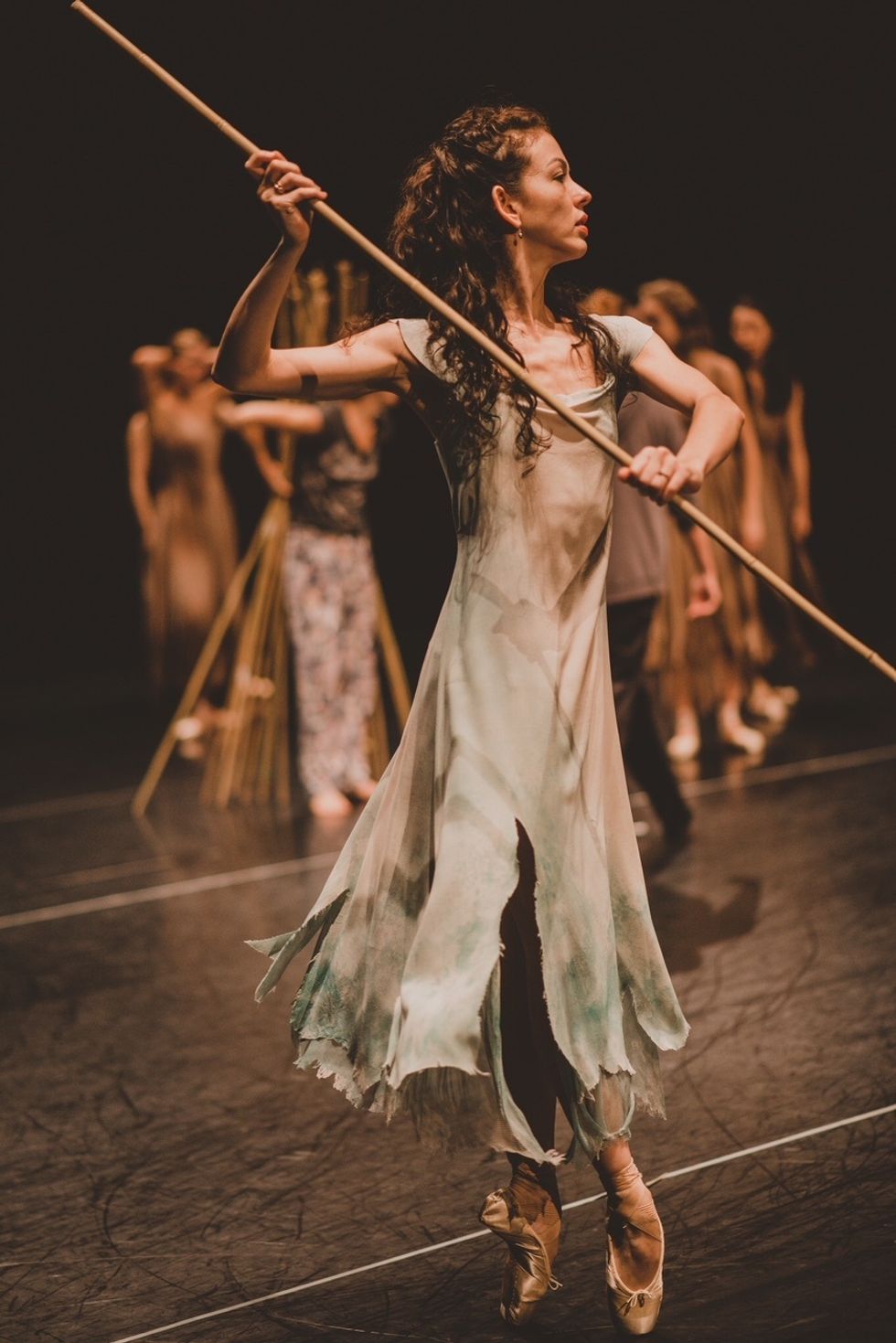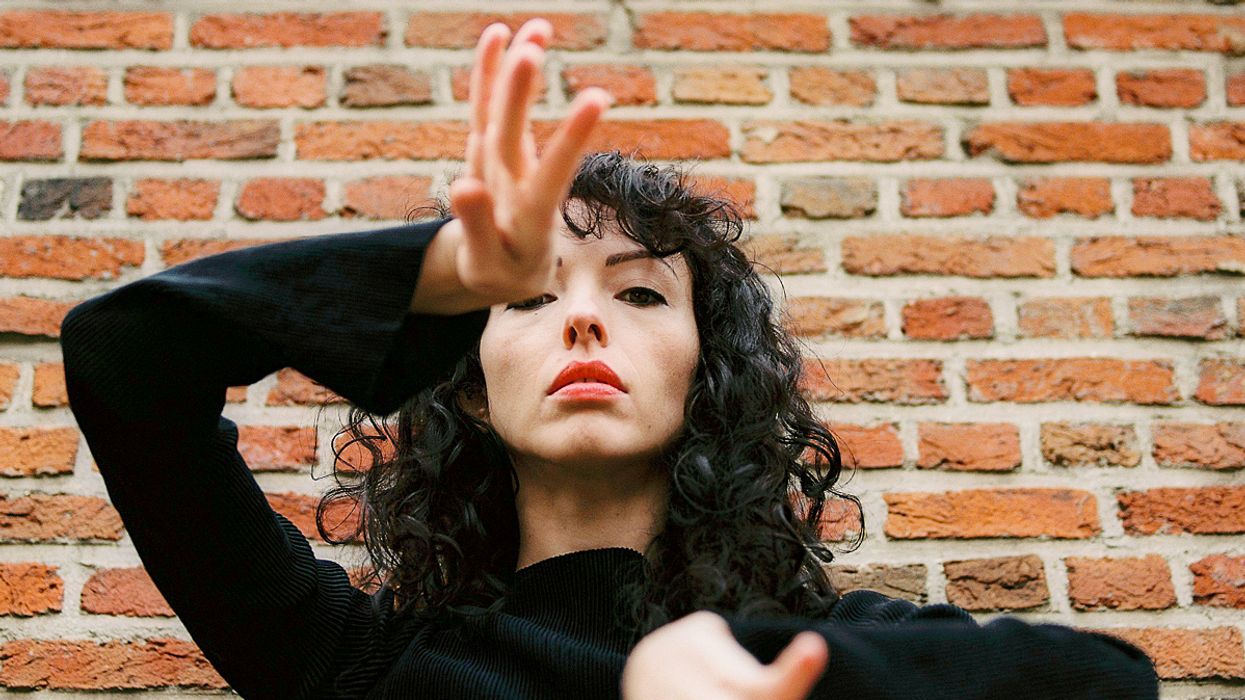How Studying Javanese Dance Unleashed Ballet Dancer Juliet Burnett
Every dancer faces a moment in their career when they question their artistic identity. For Juliet Burnett, she reacted by reaching into her cultural roots. While ascending through the ranks at The Australian Ballet, Burnett began studying Javanese dance.
Now, as a first soloist with Royal Ballet of Flanders under Sidi Larbi Cherkaoui, her thirst for intelligent exploration of her art makes her stand out as an engaging, noticeably passionate performer.
She recently spoke to Dance Magazine about how digging into her roots gave her a new perspective on her career.

Burnett in Akram Khan’s Giselle
Nicha Rodboon, Courtesy Burnett
Why she started studying Javanese classical dance
“In 2010, I was awarded the Khitercs Hirai Scholarship, for career development. Though traditionally it is used to work in other ballet companies, I asked if I could also use it to study Javanese classical dance. I was at a point in my career where I needed to explore the question ‘Why do I dance?’
“There are many artists—actors, musicians, writers—in my Indonesian family. My grandparents were both traditional Javanese dancers. My grandmother was the sultan’s star dancer in his court in Yogyakarta. My uncle, a poet, playwright and activist, would regularly pull me aside at family gatherings to lecture me in the Javanese philosophy of art and dance, as taught to him by my grandmother.
“This cultural connection gives me a great sense of individuality that is so vital when we feel like a tiny fish in a big sea—so common in this profession. Whenever I feel lost in dance, I return to my dancing roots in Indonesia.”
The connections she sees between Javanese dance and ballet
“The movement of classical Javanese dance has some fundamental similarities with classical ballet. As I first danced it, I wondered whether it felt innate because of my classical ballet training, or because it was in my blood. Maybe a bit of both?
“Both ballet and Javanese dance originated in the royal courts—there is a regal and elegant carriage of the body and purity in the movements. The feet are rotated outward to show the most attractive line of the foot to the royalty. They also share a narrative basis and a repertoire of movements that can be used to illustrate a story.”
Her goals with Javanese dance
“I would love to train more with Bu Rusini, the master teacher who trained me in Javanese classical dance, and also train more with Rianto in his art of the gender-crossing Javanese dance form called lengger. Rianto also taught me tari topeng (masked dance) and gagah, both of which are men’s dances.”
Her advice for other dancers looking to branch out
“Experiencing other forms will only enrich our dancing. It keeps our perspective in check, too, on an everyday and political level. It is too easy for ballet dancers to live in their own bubble.
“I am a very curious person and become agitated if I am not feeding that curiosity. The world is a huge place and even someone with my appetite has barely touched it!”




